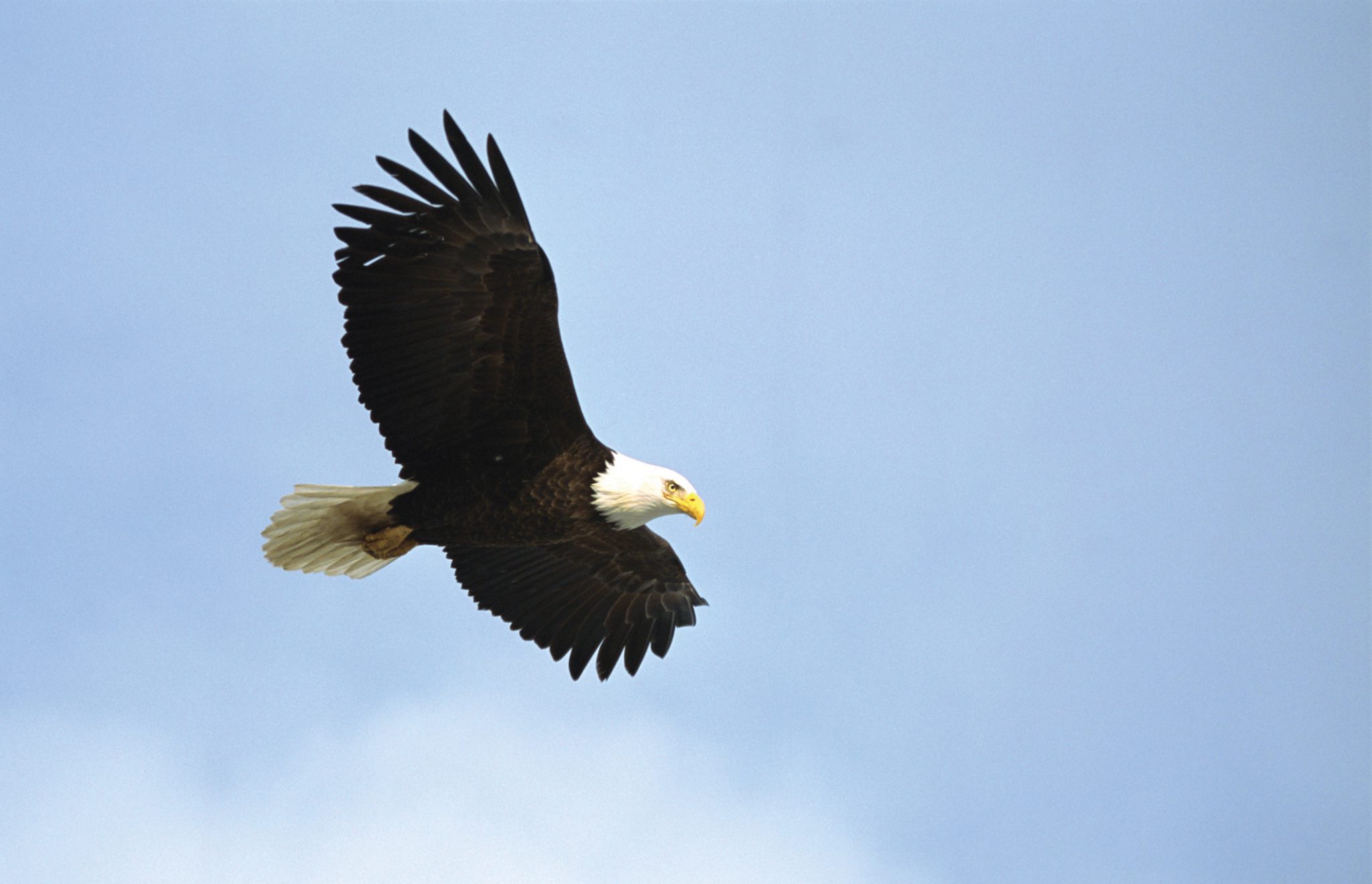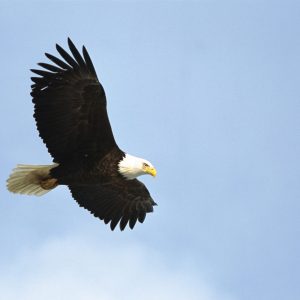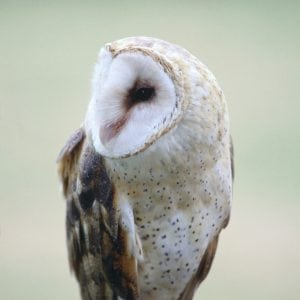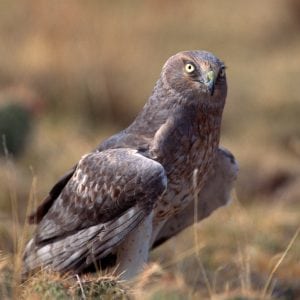Forestry & Wildlife

A bird of prey is any bird that hunts other animals and they are often called raptors. Learn the different types of raptors found in Alabama, their identifying characteristics and typical habitats. Beautiful photographs accompany the descriptions of 15 birds of prey, including eagles, ospreys, hawks, kites, and four kinds of owls.
A bird of prey, as their name indicates, is any species of bird that hunts other animals such as small mammals, fish, and other birds for food. Birds of prey are commonly referred to as raptors and possess powerful, sharp talons and hooked bills for capturing and eating prey, which distinguish them from other types of birds. Raptors are generally larger than common songbirds, but there are a few exceptions. Many raptors also display a type of camouflage known as counter-shading that can best be described as being darkly colored when viewed from above (the backside of the bird) and lightly colored when viewed from below (the underside, or belly of the bird).
In general, raptors can be divided into two groups: those that are active during the day (e.g., hawks, falcons) and those that are active at night (owls). Two taxonomic families of raptors commonly occur in Alabama: Falconidae, which includes falcons and kestrels, and Accipitridae, which includes all hawks, kites, eagles, and osprey. These raptors hunt during the day (diurnal) and rely mainly on their sense of sight. They typically glide high above foraging grounds where they can spot prey or can be found perched high atop a tree or along telephone wires searching for prey below.
Only two taxonomic families of owls are common in Alabama: the Tytonidae (barn owl) and Strigidae (all other owls). These owls can easily be distinguished from other raptors by their front facing eyes and wide circular faces, which are used to help them locate prey. Hunting primarily at night (nocturnal), owls use their excellent sense of hearing and sight to locate prey while perched or flying above foraging grounds.
- Bald eagle
- Barn owl
- Northern harrier
Although most of the species described below are present all year in Alabama, most raptors are migratory to a certain extent. For example, year-round residents within the state include Cooper’s hawk, red-shouldered hawk, red-tailed hawk, American kestrel, and osprey. All of the owls in Alabama are resident birds and are found throughout the state year round. Raptors found in Alabama only during the summer include swallow-tailed kite, Mississippi kite, and broad-winged hawk. The sharp-shinned hawk, northern harrier, and most bald eagles are winter residents throughout the state.
As previously noted, all raptors hunt other animals for food, but food preference varies considerably among species. Most raptors in Alabama are generalists, meaning they will eat almost anything smaller than themselves if they can catch it. Common prey include small mammals, birds, reptiles, and amphibians. Though they are generalists, bald eagles feed mainly on fish and larger prey, such as rabbits, skunks, and other medium-sized mammals. Similarly, the largest owl species in Alabama, the great horned owl, also feeds on medium-sized mammals. Other smaller owls feed mostly on small mammals, such as mice. The most specialized feeder found in the state is the osprey, which feed almost exclusively on fish. Though several raptor species hunt smaller birds, studies indicate they do not limit or regulate gamebird populations, such as quail or turkey.
Because of a perceived threat to gamebird populations, and at times, a real threat to poultry (especially small-scale free-range chickens), raptors were persecuted for centuries. Practices such as state-implemented bounties and both public and private poisoning programs were carried out in the name of game and poultry protection. In reality, these practices resulted in decreased populations of raptors without significant increases in gamebird populations. Furthermore, the widespread use of persistent pesticides such as DDT decreased populations to the point that many raptors were so rare that federal protection became necessary. In 1972, an amendment to the Migratory Bird Treaty Act extended the same protection given to migratory waterfowl and songbirds to birds of prey (raptors). Coupled with the banning of DDT and other harmful pesticides, this amendment resulted in population rebounds of most raptors. Exceptions include the swallow-tailed kite, northern harrier, and American kestrel, all of which have low population numbers and are listed as species of concern in Alabama.
Tips for Identifying Raptors
Identification of raptors in the wild can be difficult at times, especially when they are in flight. A good pair of 8 to 10. binoculars is helpful for identifying raptors at a distance. Plumage (feathers) color and patterns often differ markedly between males and females of some raptors. Plumage also will differ between immature and adult raptors. What may look like an adult female of one species may, on closer inspection, be an immature male of another species.
In addition to plumage, several other distinguishing features may be used to identify raptors, such as the relative size of the bird and the shape of the tail and wings. Flight characteristics, such as soaring, frequent swooping, and wing beat, is also used for identification. The habitat in which the bird is found along with the time of year can provide additional clues.
- Bald Eagle
- Osprey
- Swallow-Tailed Kite
- Mississippi Kite
- Red-Tailed Hawk
- Red-Shouldered Hawk
- Broad-Winged Hawk
- Cooper’s Hawk
- Sharp-Shinned Hawk
- Northern Harrier
- American Kestrel
- Barn Owl
- Barred Owl
- Great Horned Owl
- Eastern Screech-Owl
Download a PDF of Common Birds of Prey of Alabama, ANR -1386.




